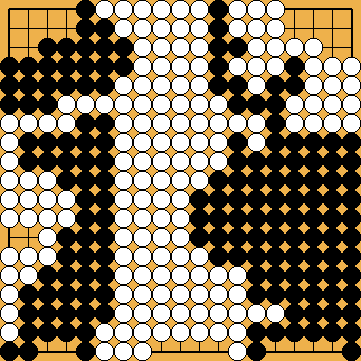The History of the Problem's Final Score
(1999 - 2011)
2005 - A Better Order for Occupying
Black's Liberties
|
Triggered by a discussion, whether Xuanxuan Qijing's (a classic Chinese problem collection, published in 1349; known as "Gengen Gokyō" in Japan) problem "The Big Wire Net" - displayed here - might really deserve the title of "The most difficult problem ever", as claimed in an article of the German Go-Journal, Joachim got knowledge of another variation of Igo Hatsuyōron 120's solution. By studying the solution of Jérôme Hubert (it follows in principle the solution of Fujisawa Hideyuki, and also contains a suggestion for the concluding endgame on the left side), Joachim suddenly recognized that Jérôme used another, and more suitable, sequence for occupying the liberties of Black's large group in the upper right. |
|
|
|
///:
|
|
|
|
|
|
|
|
|
|
|
|
|
|
White now achieves a jigo. Please take notice that - in the light of this result - we cannot include a missing 71st Black stone any longer, because this would give White victory. Regardless, it seems very unlikely that a draw should be the intended final result of this classical problem. And there was worse to come. |
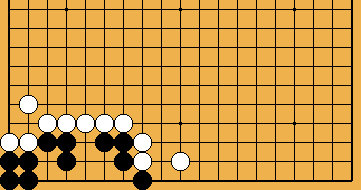
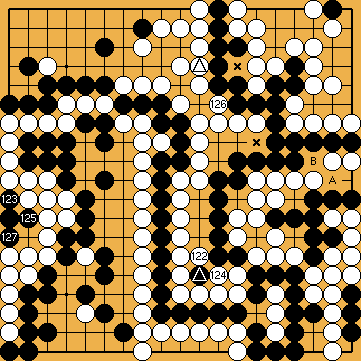
 ,
,  :
: , White occupies valuable points here, and finally captures
, White occupies valuable points here, and finally captures  . Jérôme did not use the early Hanezeki Exchange of
. Jérôme did not use the early Hanezeki Exchange of  ,
,  , but which is irrelevant for the Capture Variation to come. Please note that
, but which is irrelevant for the Capture Variation to come. Please note that  still has been played on a neutral point unnecessarily.
still has been played on a neutral point unnecessarily.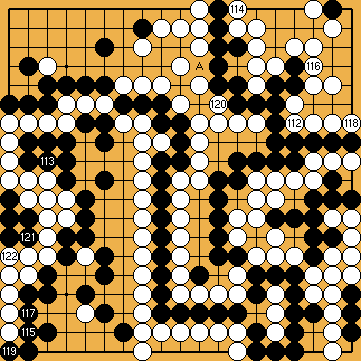
 :
: so far.
so far.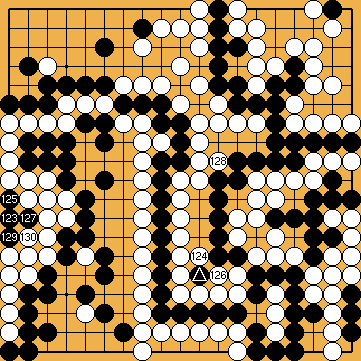
 :
: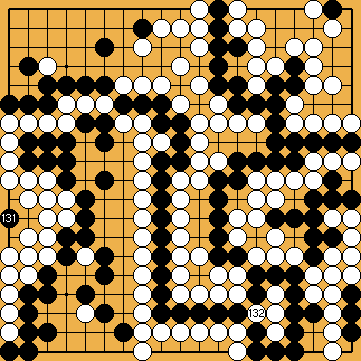
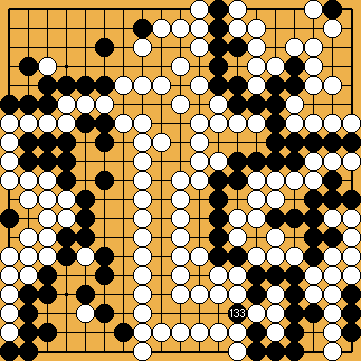
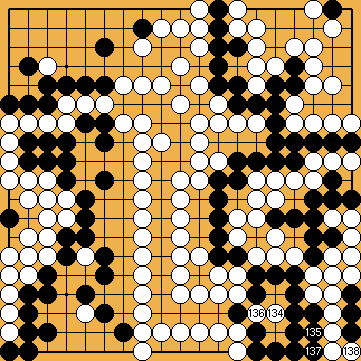
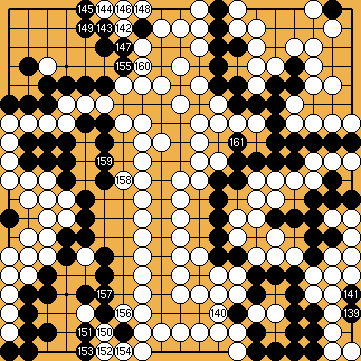
 :
: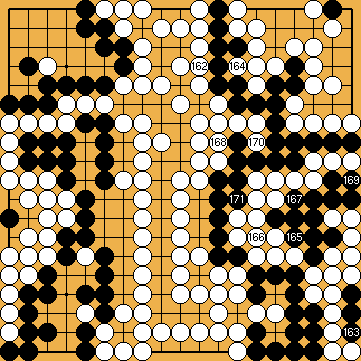
 :
: